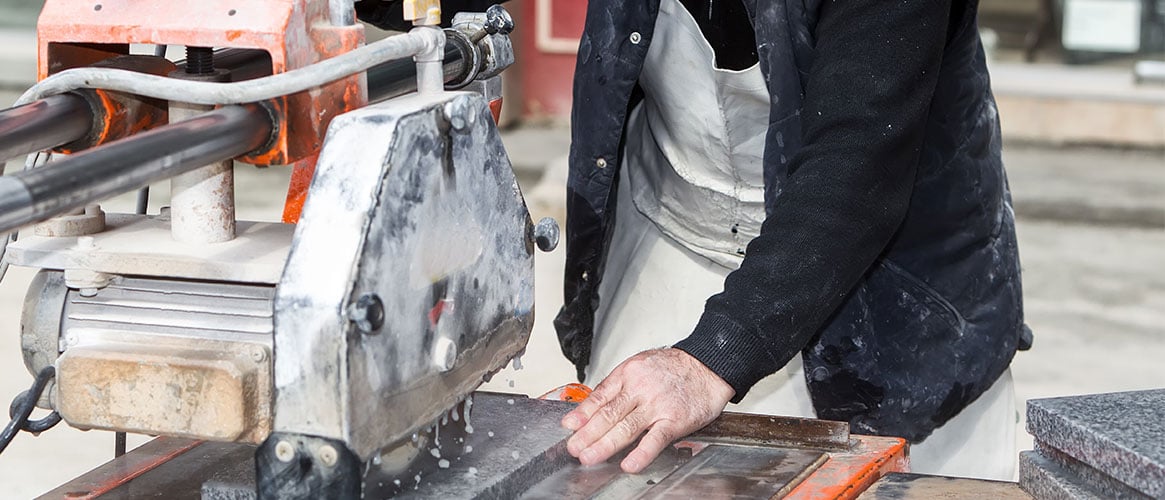Cal/OSHA recently issued a new Emergency Temporary Standard (ETS) in response to the alarming number and growing rate of silicosis cases among workers in the natural and artificial stone industry. More than 2 million U.S. workers are at risk of developing silicosis, a deadly lung disease caused by inhaling silica-containing dust released from natural and/or artificial stone during tasks like cutting, grinding, sandblasting, polishing, and cleaning-up after those tasks.
What is silicosis?
Repeated exposure to silica dust causes lung inflammation that leads to pulmonary fibrosis, or permanent scarring of the lungs. The disease is irreversible and has no known cure, resulting in a devastating condition that robs its victims of oxygen, limiting physical capabilities, and ultimately leading to premature death.
Silicosis is preventable
The good news is that silicosis is 100 percent preventable. While silica standards have been in place for some time, Cal/OSHA’s recently updated regulation provides better protections for workers in stone-cutting and other industries with high silica exposure. They have identified five additional requirements employers like you must implement to better protect your workers.
What’s in the new Silica Emergency Temporary Standard?
The ETS went into effect on Dec. 29, 2023 and requires you to:
- Use wet methods effective at keeping airborne levels of respirable crystalline silica below the action level (25 µg/m3 as an 8-hr TWA) whenever performing high-exposure trigger tasks: cutting, grinding, polishing, clean-up, etc.
- Promptly clean-up and contain wastes generated from high-exposure trigger tasks to eliminate visible dust build-up.
- Establish and identify regulated areas where high-exposure trigger tasks will occur and limit access only to authorized employees wearing respirators.
- Provide and require high-level respiratory protection in high-exposure trigger task regulated areas.
- Report silicosis and cancer cases to Cal/OSHA and the Department of Public Health within 24 hours of receiving information.
To help you implement all the requirements, including those in the ETS, take a look at our silica program templates: Artificial and Natural Stone Industries and General, Non-Stone Industries. And, for more information on the silica ETS, visit What's in the Silica Emergency Temporary Standard.
Silicosis was first associated with stonecutters over 300 years ago. Using wet methods when cutting and polishing stone can significantly reduce exposure to respirable crystalline silica and reduce the risk of harm to stone workers. Together, let’s put an end to silicosis.
